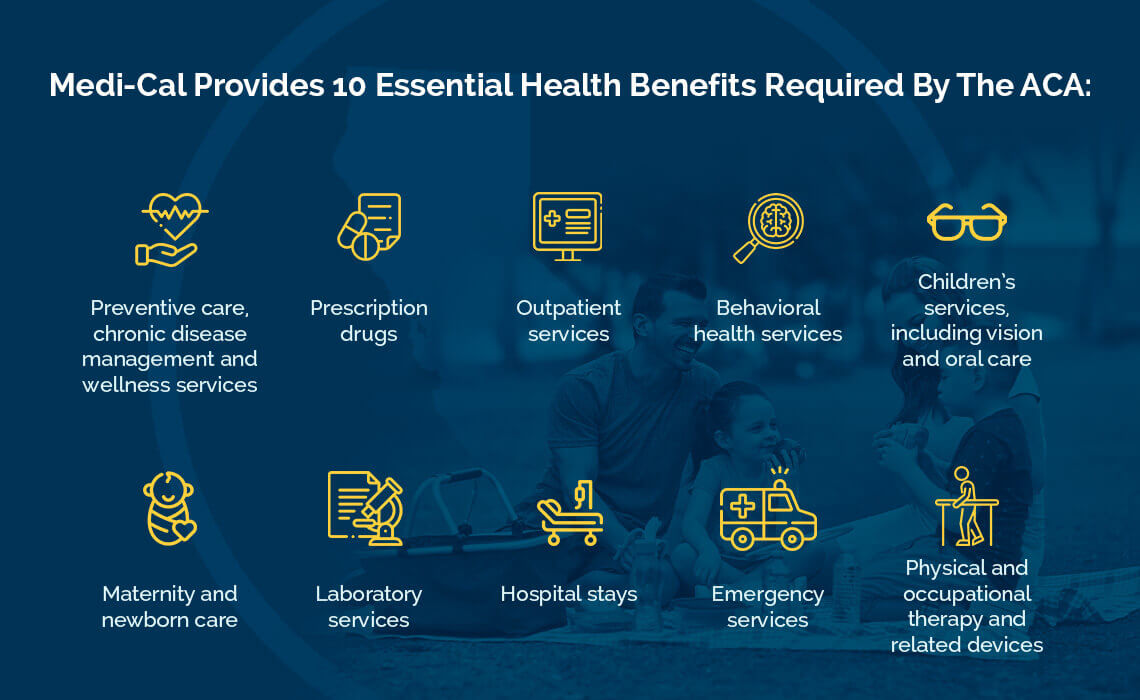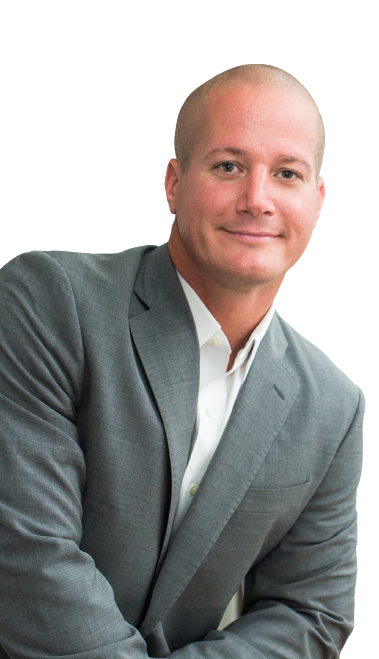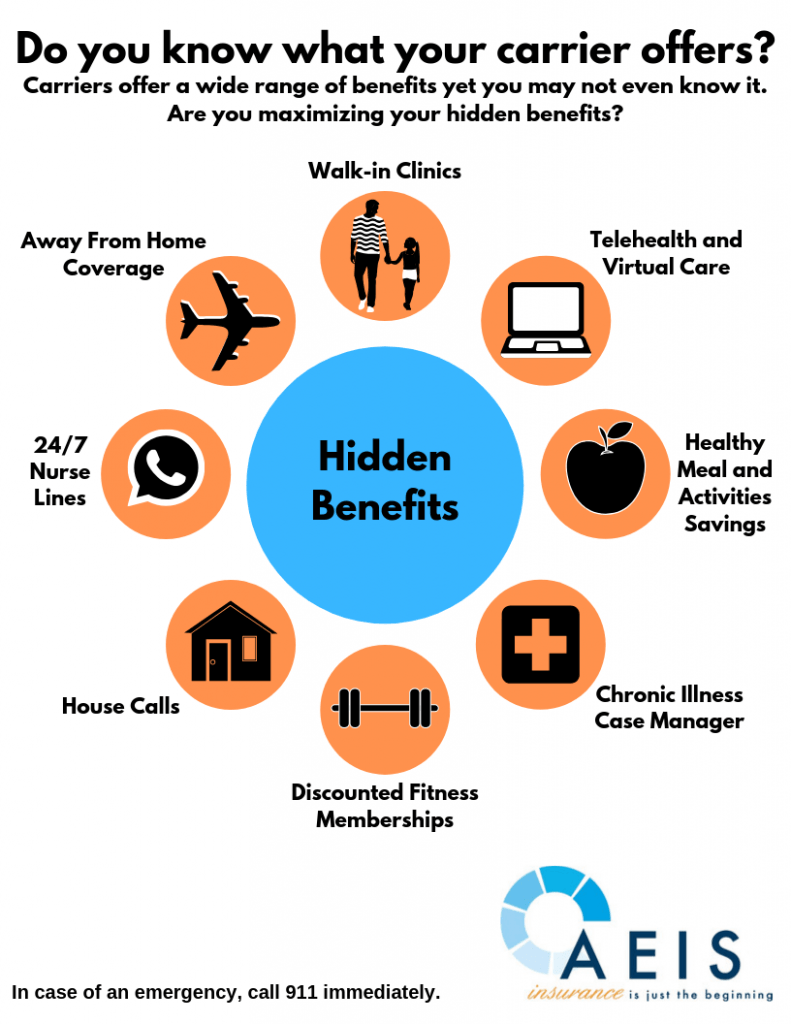Medicare Advantage Agent - An Overview
Table of ContentsSome Ideas on Medicare Advantage Agent You Need To KnowThe Ultimate Guide To Medicare Advantage AgentMedicare Advantage Agent Fundamentals Explained


follows from adheres to the relatively young age profile of the uninsured with without insurance better healthFar better on average, standard younger persons. For those without accessibility to workplace wellness insurance policy, bad wellness is a prospective barrier to buying nongroup protection since such insurance coverage might be highly priced, omit pre-existing problems, or be merely inaccessible. Unless or else noted, national price quotes of people without health insurance policy and percentages of the population with different kinds of insurance coverage are based on the CPS, the most commonly used resource of price quotes of insurance policy coverage and uninsurance prices.

A Biased View of Medicare Advantage Agent
The relationship between health insurance policy and accessibility to care is well established, as recorded later in this chapter. The relationship in between wellness insurance policy and health end results is neither straight neither easy, an extensive medical and health and wellness services research literary works web links health insurance policy protection
to improved better to care, better quality, and improved personal individual population health status. The 2nd report, on personal wellness outcomes for without insurance grownups, is represented by the innermost circle of the number, while the 3rd report, on family members health, includes the subjects of the second record yet stresses a different system of evaluation, namely, the family.
It concentrates especially on those without any type of wellness insurance policy for any kind of length of time. The troubles faced by the underinsured remain in some respects comparable to those faced by the uninsured, although they are normally less extreme. Uninsurance and underinsurance, nonetheless, include distinctly various policy concerns, and the approaches for resolving them may differ. Throughout this study and the 5 reports to adhere to, the main focus gets on persons without wellness insurance coverage and hence no aid in paying for health and wellness treatment past what is readily available via charity and safety net institutions. Medical insurance is a powerful element influencing invoice of care because both clients and doctors react to the out-of-pocket rate of solutions. Medical insurance, nonetheless, is neither essential neither enough to get to clinical solutions. However, the independent and straight effect useful site of health
insurance protection on access to wellness services is well established. Others will certainly get the healthcare they need even without health and wellness insurance policy, by spending for it expense or seeking it from service providers that supply care complimentary or at extremely subsidized rates. For still others, health insurance alone does not guarantee receipt of care due to various other nonfinancial obstacles, such as a lack of health and wellness treatment carriers in their neighborhood, restricted accessibility to transportation, illiteracy, or etymological and social differences. Official research about without insurance populations in the United States dates to the late 1920s and very early 1930s when the Committee on the Cost of Healthcare created a collection of reports regarding funding medical professional office brows through and hospitalizations. This concern became prominent as the varieties of clinically indigent climbed during the Great Anxiety. Empirical studies continually support the web link in between access to care and improved health outcomes(Bindman et al., 1995; Starfield, 1995 ). Having a routine source of treatment can be see this page taken into consideration a predictor of accessibility, as opposed to a straight measure of it, when health and wellness end results are themselves used as accessibility indicators. This extension of the idea of gain access to dimension was made by the IOM Board on Checking Accessibility to Personal Health Care Services(Millman, 1993, p. Whether moms and dads are guaranteed shows up to affect whether their kids get care as well as exactly how much careeven if the kids themselves have protection(Hanson, 1998). The health and wellness of moms and dads can influence their capability to look after their youngsters and the degree of family members stress and anxiety. Stressing over their kids's access to care is itself a source of tension for parents. Three chapters adhere to in this report. Chapter 2 provides a summary of how employment-based medical insurance, public programs and private insurance policy policies run and connect to supply substantial but insufficient insurance coverage of the united state populace. This includes a review of historical fads and public laws impacting both public and personal insurance coverage, a discussion of the interactions amongst the different kinds of useful source insurance coverage, and an assessment of why people relocate from one program to another or finish up

 Alicia Silverstone Then & Now!
Alicia Silverstone Then & Now! Hallie Eisenberg Then & Now!
Hallie Eisenberg Then & Now! David Faustino Then & Now!
David Faustino Then & Now! Lynda Carter Then & Now!
Lynda Carter Then & Now! Tina Louise Then & Now!
Tina Louise Then & Now!